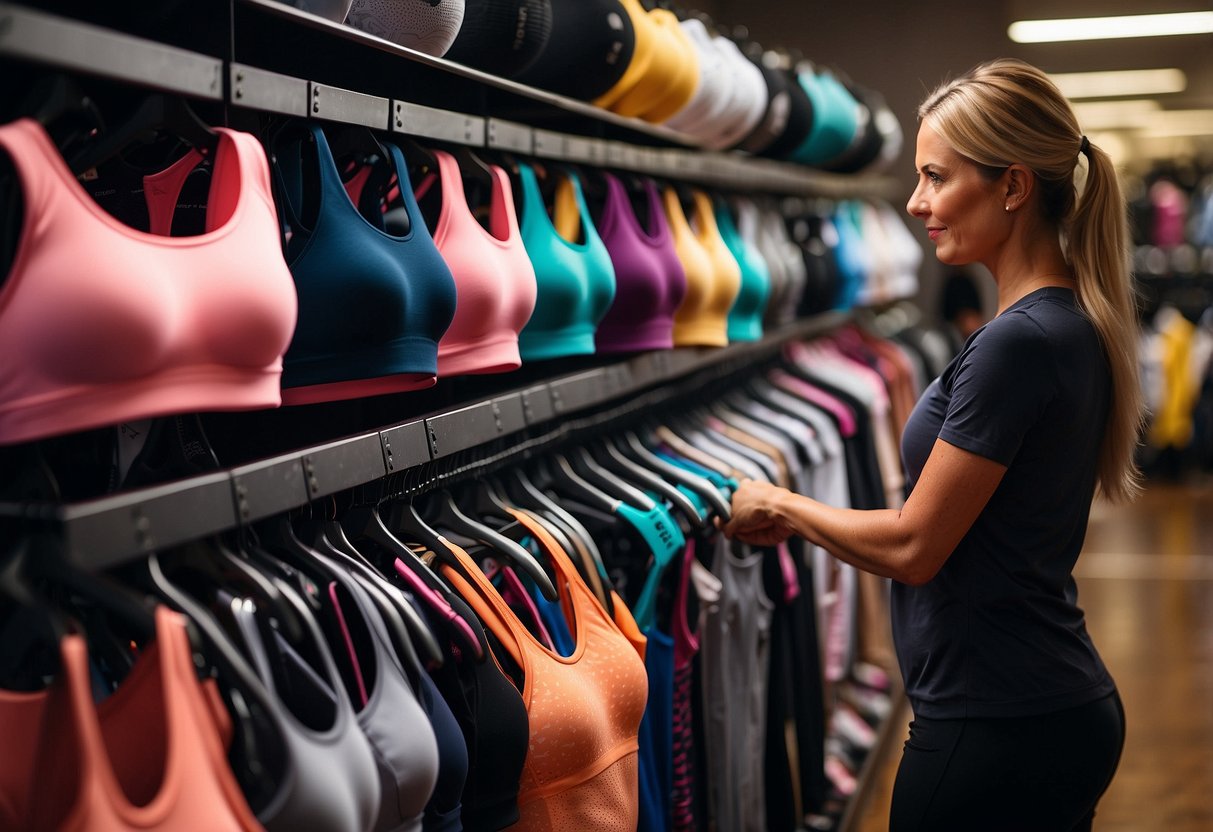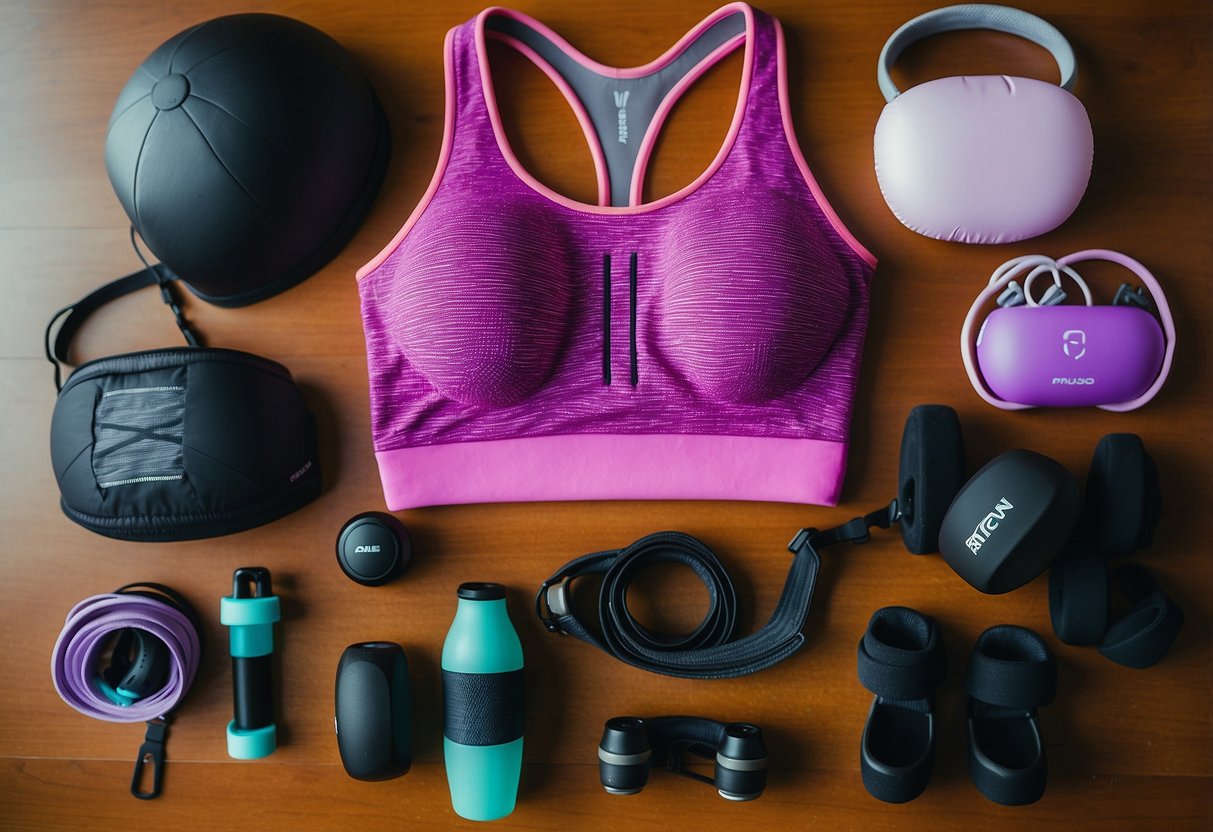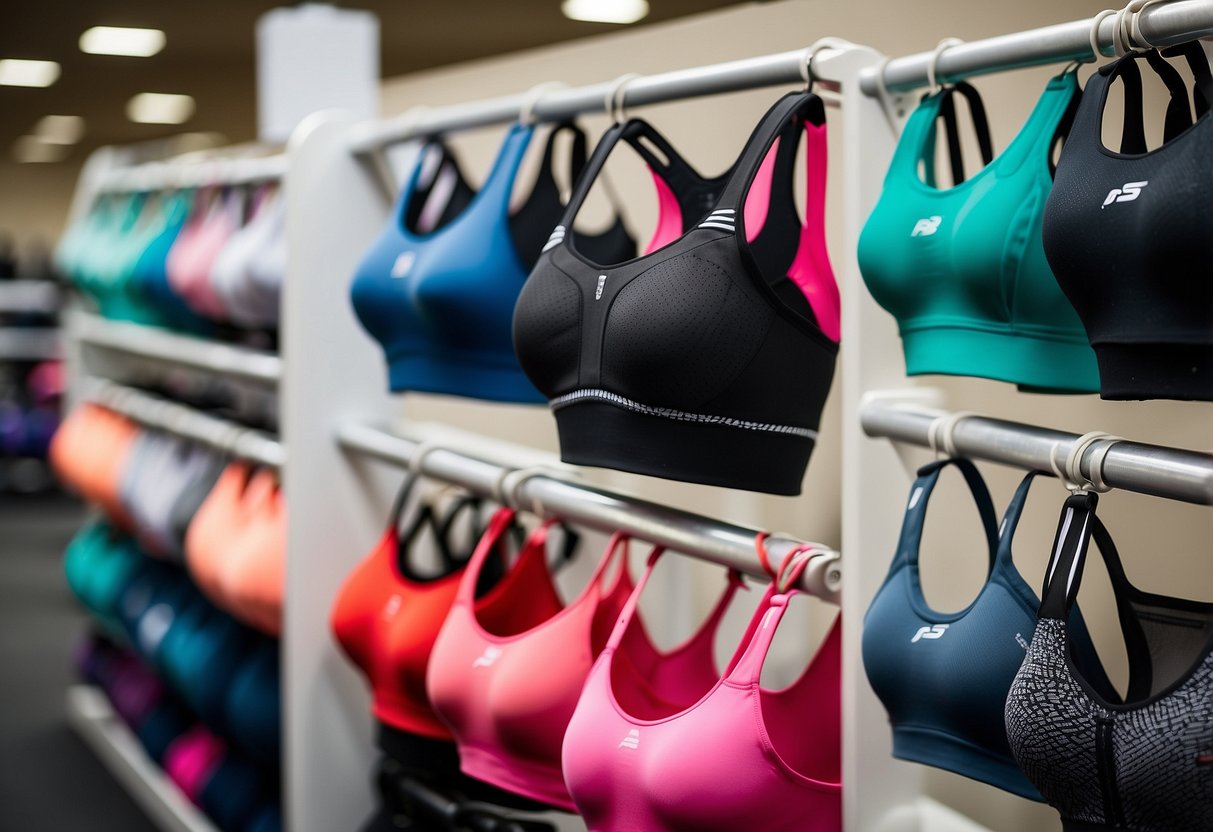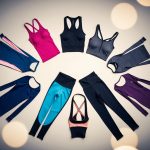
Assessing Impact Levels

Selecting the right sports bra depends significantly on the type of activity you plan to engage in. Low-impact activities and high-impact workouts require different levels of support to ensure comfort and prevent injury.
Low-Impact Activities
For exercises such as yoga and Pilates, low-impact bras are typically adequate. These activities involve gentle movements and require a bra that offers light support. It is essential to look for bras made from breathable materials to ensure comfort throughout the session. Low-impact sports bras often have less compression and shaping.
They are usually designed with wider straps and a soft band, providing minimal restriction. This type of bra is ideal for activities where significant bouncing or rapid movement is minimal. Opt for styles that prioritize flexibility and ease of movement while still maintaining a snug fit.
High-Impact Workouts
High-impact exercises like running and high-intensity interval training require more robust support to manage intense movement. High-impact sports bras often come with padded straps, reinforced bands, and strong underwire or molded cups. These features are essential to minimize breast movement and prevent discomfort.
Such bras utilize compression, encapsulation, or a combination of both to offer maximum support. Look for options with adjustable straps and back closures to customize the fit. It’s crucial that the bra fits well without causing chafing or restrictiveness, ensuring you can focus on your workout without distractions.
Material and Fabric Choices

Choosing the right material for a sports bra is crucial for performance. The wrong choice can lead to discomfort, irritation, or inadequate support. Pay attention to how the fabric handles sweat and movement.
Breathability and Moisture-Wicking
Breathability is important in a sports bra, especially during high-intensity workouts. Materials like polyester and nylon are favored because they allow air to circulate, keeping the skin cool. Moisture-wicking fabrics are essential, as they pull sweat away from the body to keep the wearer dry. This prevents chafing and discomfort. Look for bras with mesh panels for added ventilation, which can enhance breathability even further. Avoid cotton, as it tends to retain moisture, making the fabric heavy and damp, which can lead to irritation.
Comfort and Stretchability
Comfort stems from both the softness of the fabric and its ability to move with the body. Fabrics such as nylon and spandex blend often offer a good balance of softness and stretchability. They conform to the body’s movements without restricting it, making them ideal for dynamic workouts. The band and straps should have some elasticity to provide support without digging into the skin. Look for seamless designs, which reduce the risk of irritation and pressure points. Lightweight options are preferred, as they add minimal bulk, maintaining comfort and freedom of movement.
Design Features for Optimal Use
Selecting the right sports bra involves understanding the key design features that contribute to support and comfort. This includes attention to details like cup design, padding, straps, and band construction.
Cup Design and Padding
Cup design plays a crucial role in offering support and comfort. Sports bras may feature molded cups or compression styles, each catering to different levels of support. Molded cups provide a defined shape and can enhance support; they’re particularly useful in high-impact workouts.
Padding varies from light to heavy and can be removable or sewn-in. Light padding offers a natural feel and minimizes bulk, whereas heavier padding gives more coverage and shape. Seams and materials used in cups must be considered, as smooth seams reduce friction and irritation during movement.
A high neckline may offer additional coverage and support, particularly important for larger bust sizes or intensive activities. Together, the right combination of cups and padding helps in achieving the optimal balance of support and comfort.



